Home > Climate News >

‘One of most disturbing articles I have ever read’ scientist says of study detailing climate-driven ‘bugpocalypse’
When a scientist who studies the essential role insects play in the health of the ecosystem calls a new study on the dramatic decline of bug populations around the world “one of the most disturbing articles” he’s ever read, it’s time for the world to pay attention.
The article in question is a report published Monday in the Proceedings of the National Academy of Sciences (PNAS) showing that in addition to annihilating hundreds of mammal species, the human-caused climate crisis has also sparked a global “bugpocalypse” that will only continue to accelerate in the absence of systemic action to curb planetary warming.

Scientists sound alarm about insect apocalypse
A collection of new scientific papers authored by 56 experts from around the world reiterates rising concerns about bug declines and urges people and governments to take urgent action to address a biodiversity crisis dubbed the “insect apocalypse.”
Emphasizing the consequences of such declines, University of Connecticut entomologist David Wagner, the package’s lead author, told the Associated Press that insects “are absolutely the fabric by which Mother Nature and the tree of life are built.”
According to Wagner, many insect populations are dropping about 1-2% per year. As he put it to The Guardian: “You’re losing 10-20% of your animals over a single decade and that is just absolutely frightening. You’re tearing apart the tapestry of life”…
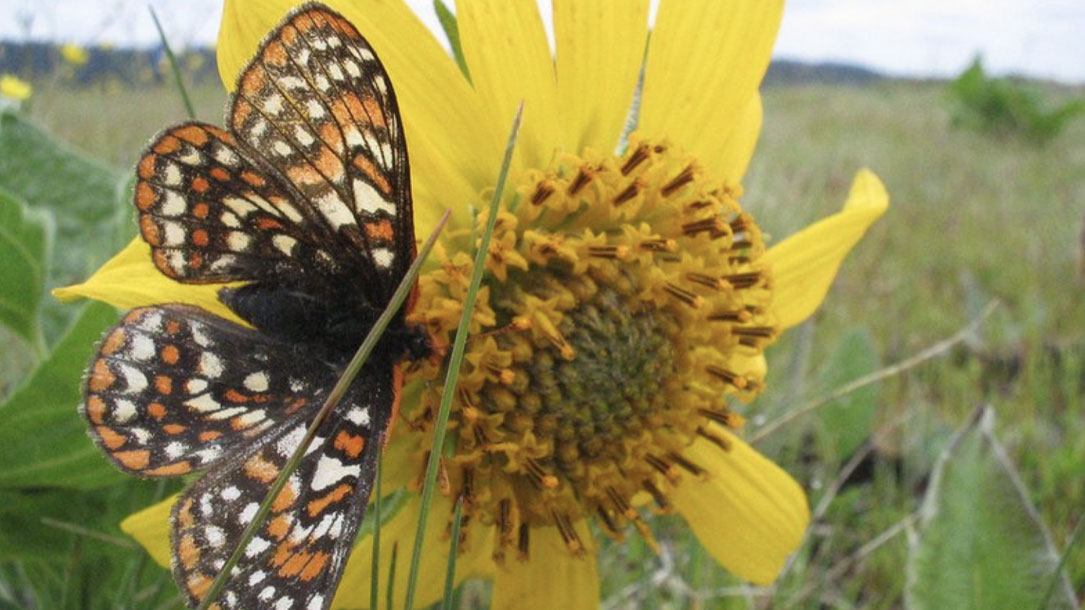
Climate change contributing to widespread butterfly decline across western United States
A study published today in Science found that climate change is contributing to widespread butterfly decline across the western United States. Using three different long-term datasets from the western U.S., the authors found downward trends in a majority of butterflies, including historically common species like the west coast lady.
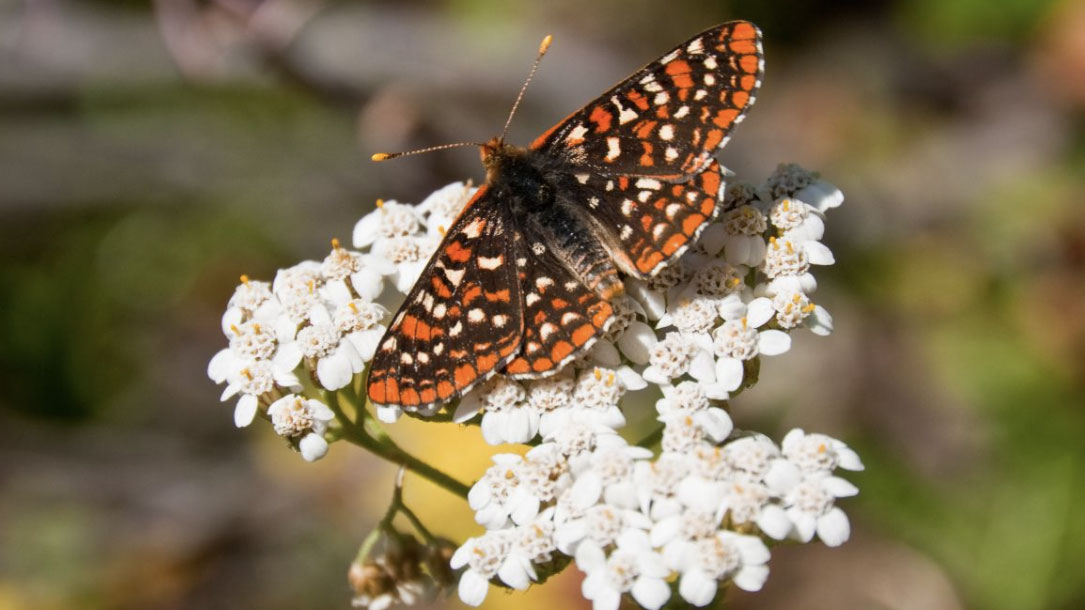
Fewer butterflies seen by community scientists across the warming and drying landscapes of the American West
Many recent studies have revealed sweeping declines in insects over the past few decades. Butterflies are no exception. This study used three different datasets, collected by both experts and community scientists, and found that the number of butterflies has declined over the past 40 years. Although the drivers of decline are complex, the authors found that climate change—in particular, warmer months in the autumn—explain a large portion, even as warming summers actually lead to increases. This work shows that climate change impacts may be insidious and unexpected in their effects…
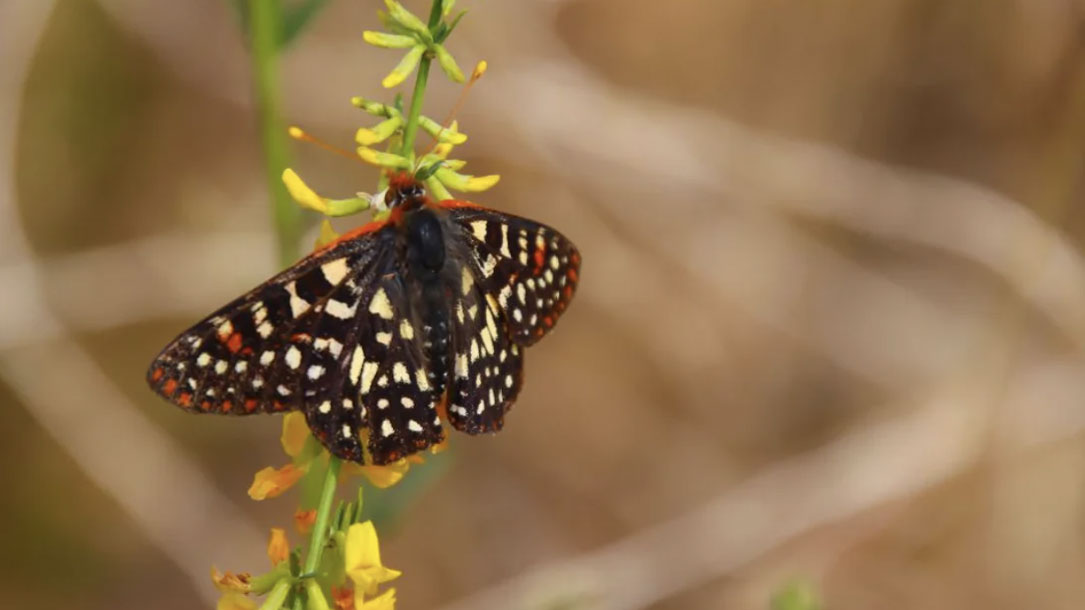
Western butterflies disappearing due to warmer fall seasons
Butterflies across the U.S. West are disappearing, and now researchers say the climate crisis is largely to blame.
A new study published in Science looked at three different data sets that cover the last 40 years of butterfly populations across more than 70 locations in the Western U.S…”That so many of our butterflies are declining is very alarming,” Dr. Tara Cornelisse, an entomologist and senior scientist at the Center for Biological Diversity (CBD), said in response to the findings. “These declines are a wake-up call that we need to dramatically reduce greenhouse gases to save these beautiful and beloved butterflies, as well as our very way of life…

A new vision for farming: chickens, sheep, and…solar panels
Agrivoltaics doesn’t just include chickens. Other livestock can also roam around solar panels, and some researchers are experimenting with planting crops, too.
Animals that graze around solar fields offer several benefits, proponents of agrivoltaics say. Not only does their manure enrich the soil, their munching keeps plants from growing too tall and shading the panels. Another win: they lower vegetation maintenance costs, reducing the need for lawn mowers or landscapers…
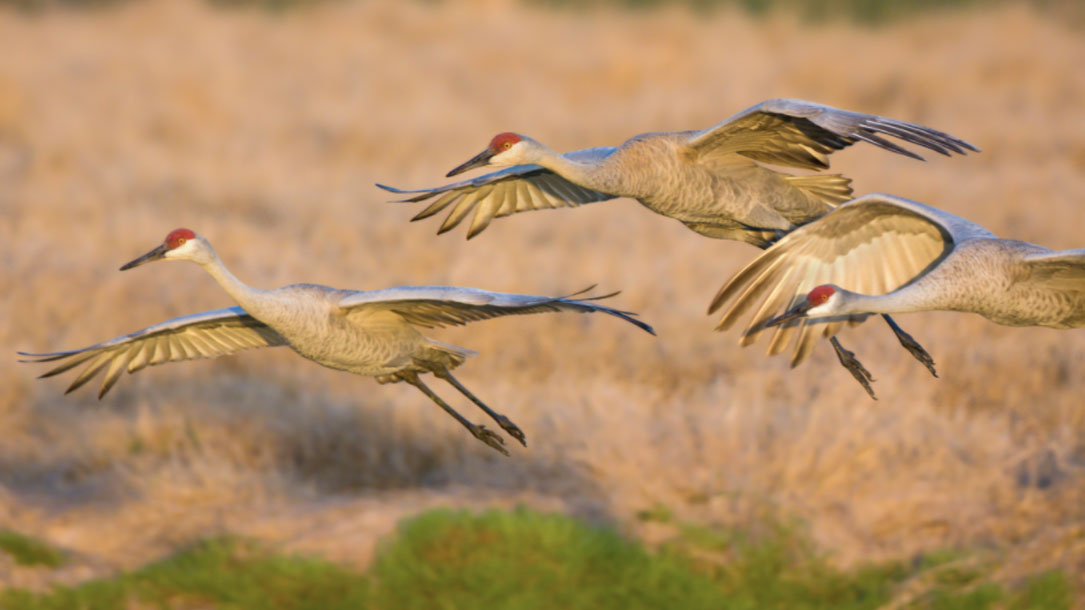
Sandhill cranes, a conservation success story, now face climate change threat
“Birds are being pushed and tested by climate change,” [Nathaniel Miller, director of conservation for Audubon Great Lakes] said. “The climatic range of these birds developed over millennia. It’s all about timing. They’re usually in the right places at the right time. In spring, they’re where insects are hatching. In fall, they’re where they can find nuts and berries.
General warming trends, as well as extreme events like flooding, drought, and intense heat, throw this delicate balance and timing off kilter,” Miller said…
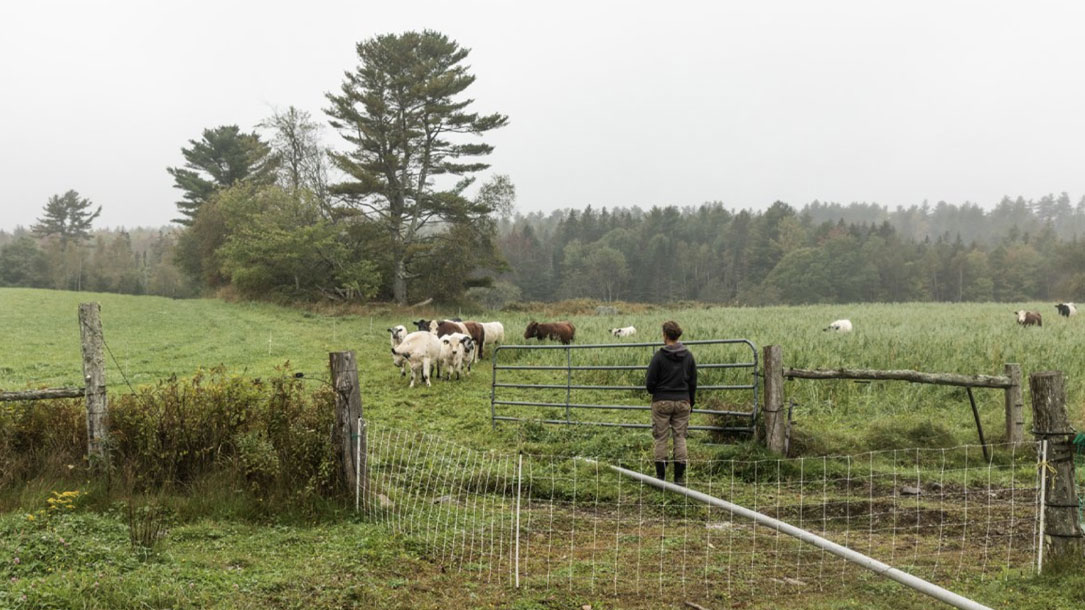
Maine farmers struggle with new, harsher climate reality
Tom Drew thought he’d seen it all. A dairy farmer of 30 years in Woodland, Maine, Drew has weathered an awful lot of change. On an overcast, chilly day last fall, he rested in his milking parlor.
As he leaned his large frame on the metal table, he recounted the history of the farm, his family’s attachment to the old jack pines out front. Like many small and medium-scale dairy farmers, remaining profitable is a challenge for Drew, and every day feels uncertain…
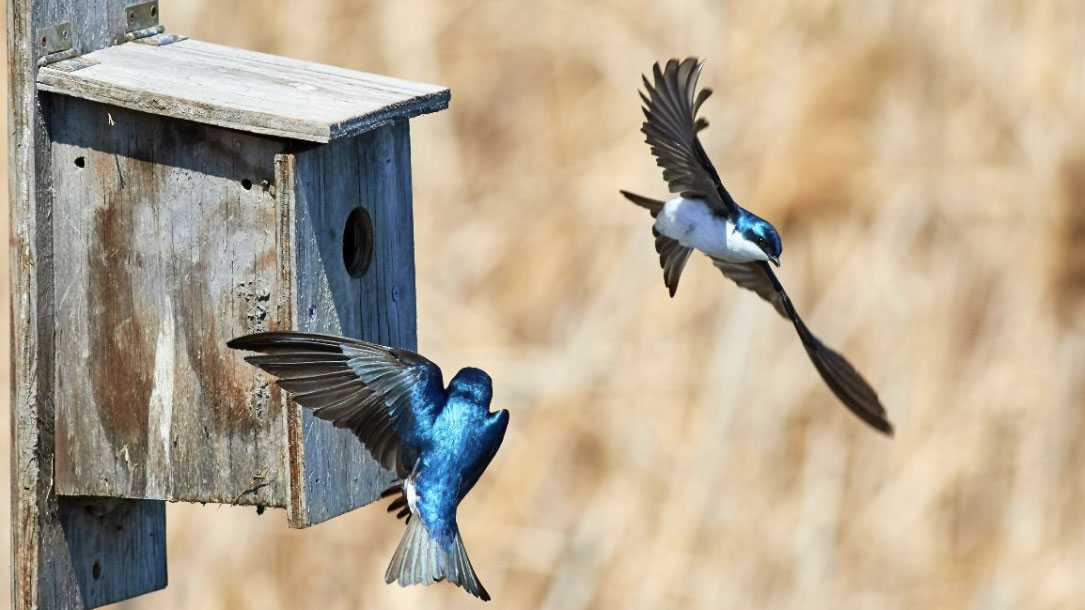
Climate change cues tree swallows to nest earlier in spring
Hatchlings cannot regulate their body temperature, so they are vulnerable to hypothermia. And the insects they eat stop flying in cold weather, potentially leaving the chicks to starve.
“These chicks are growing very, very fast,” Twining says. “They have very high energy demands, so…if they don’t get a lot of that good high-quality food during this pretty specific time…that’s when these cold weather events seem to be most devastating.”
For example, data from Ithaca, New York, shows that a single cold snap in 2016 killed more than 70% of baby tree swallows…

Biden’s historic action on 30×30
After a drumbeat of headlines in recent years detailing nature’s decline, there’s very good news from the Biden administration, with the president pledging to put America on the path of protecting at least 30 percent of its land and 30 percent of its ocean areas by 2030 (30×30). This action is necessary to reverse nature’s decline, fight climate change, and secure the natural life support systems we depend on for clean air and water, food, and quality of life. And, if done right, fulfilling a 30×30 goal offers benefits beyond safeguarding and strengthening the natural foundations of our society. It should create more equitable access to nature, bring communities together to conserve our shared natural heritage, honor tribal sovereignty and self-determination, and strengthen our economy.












